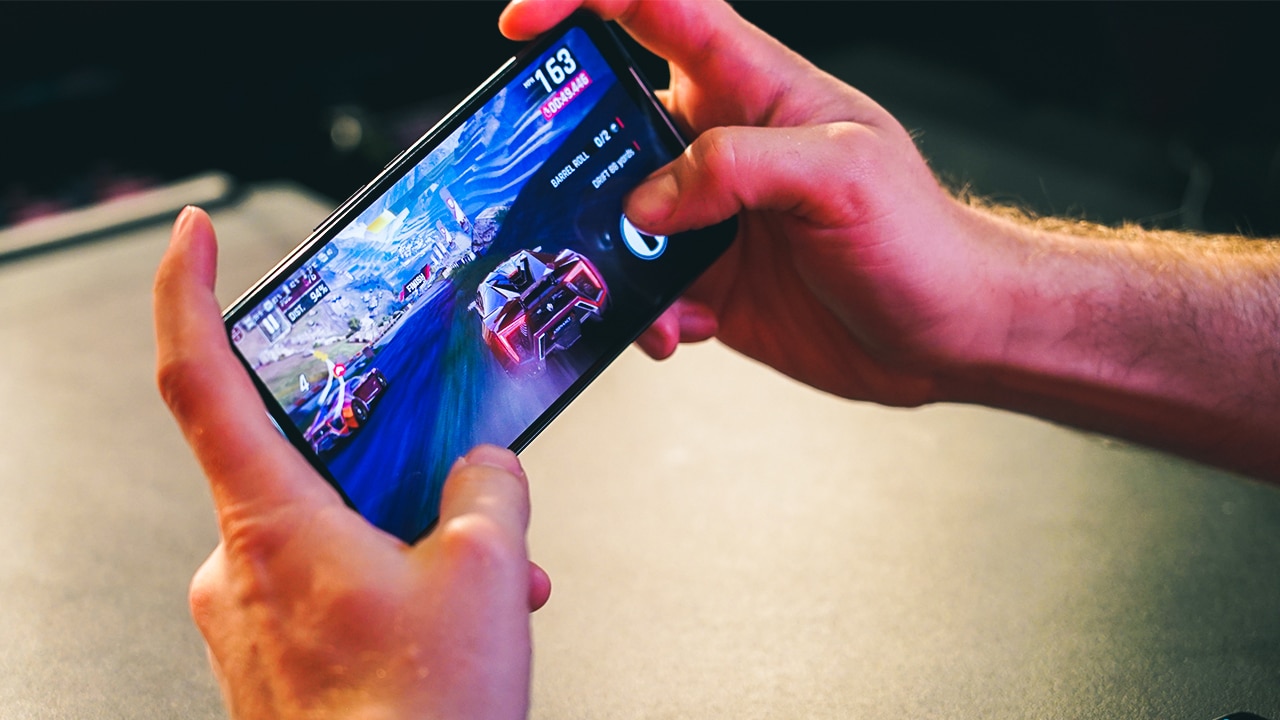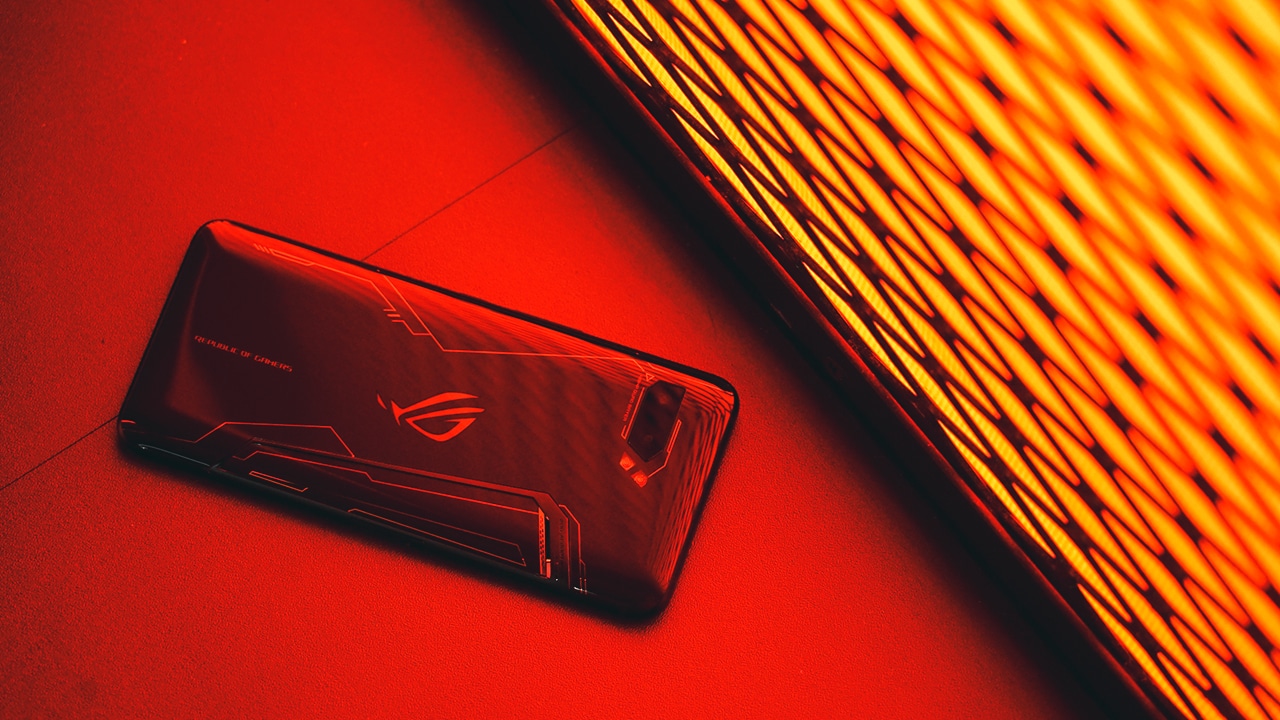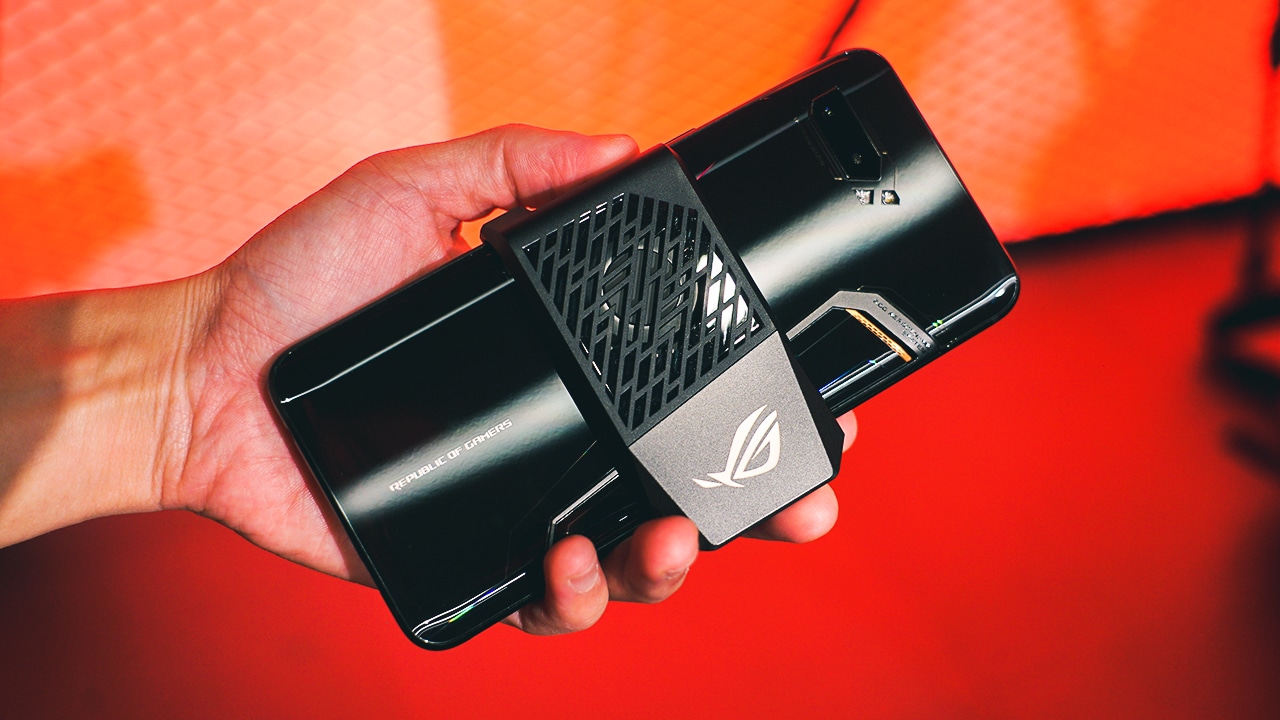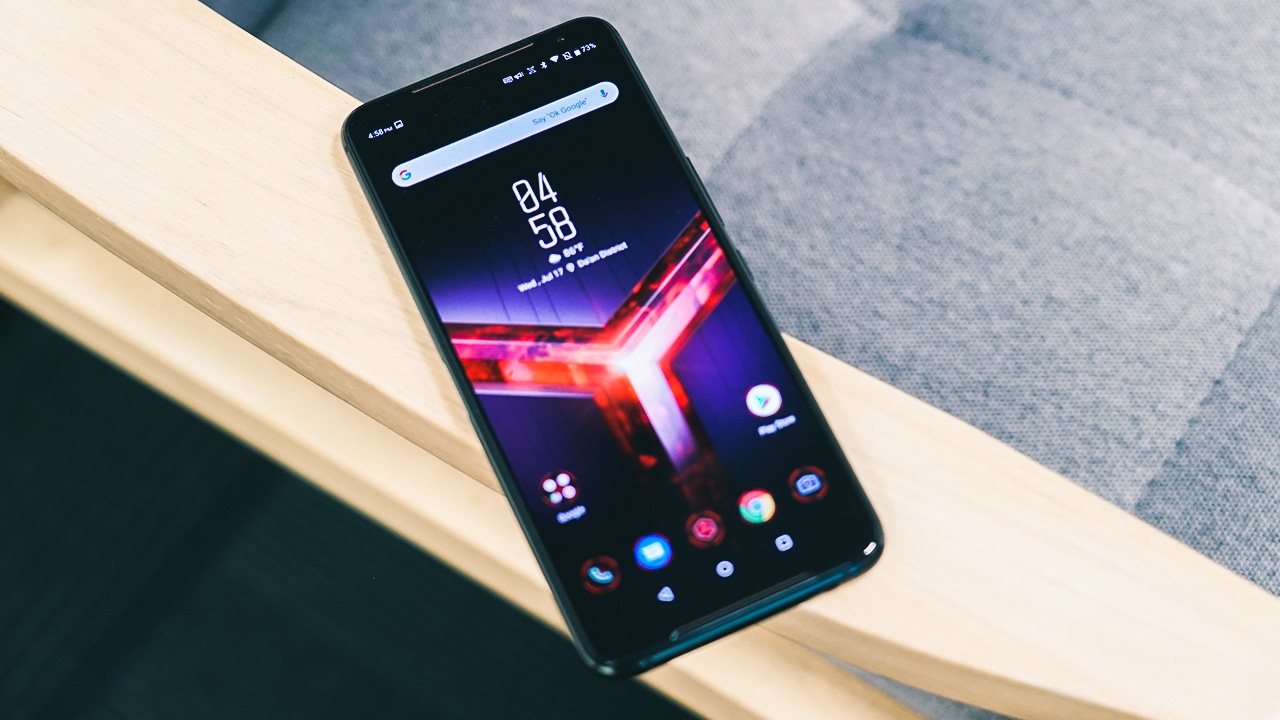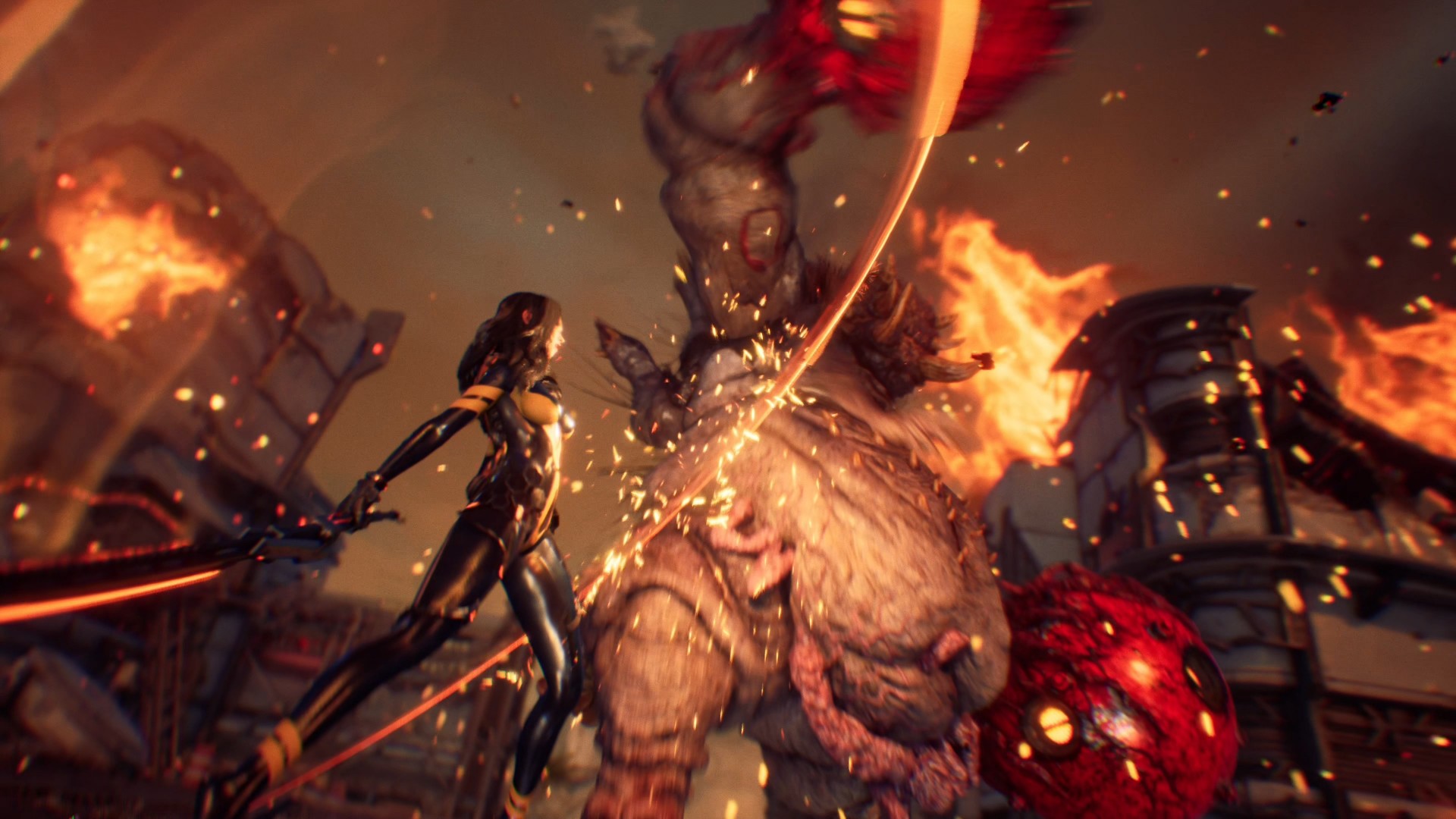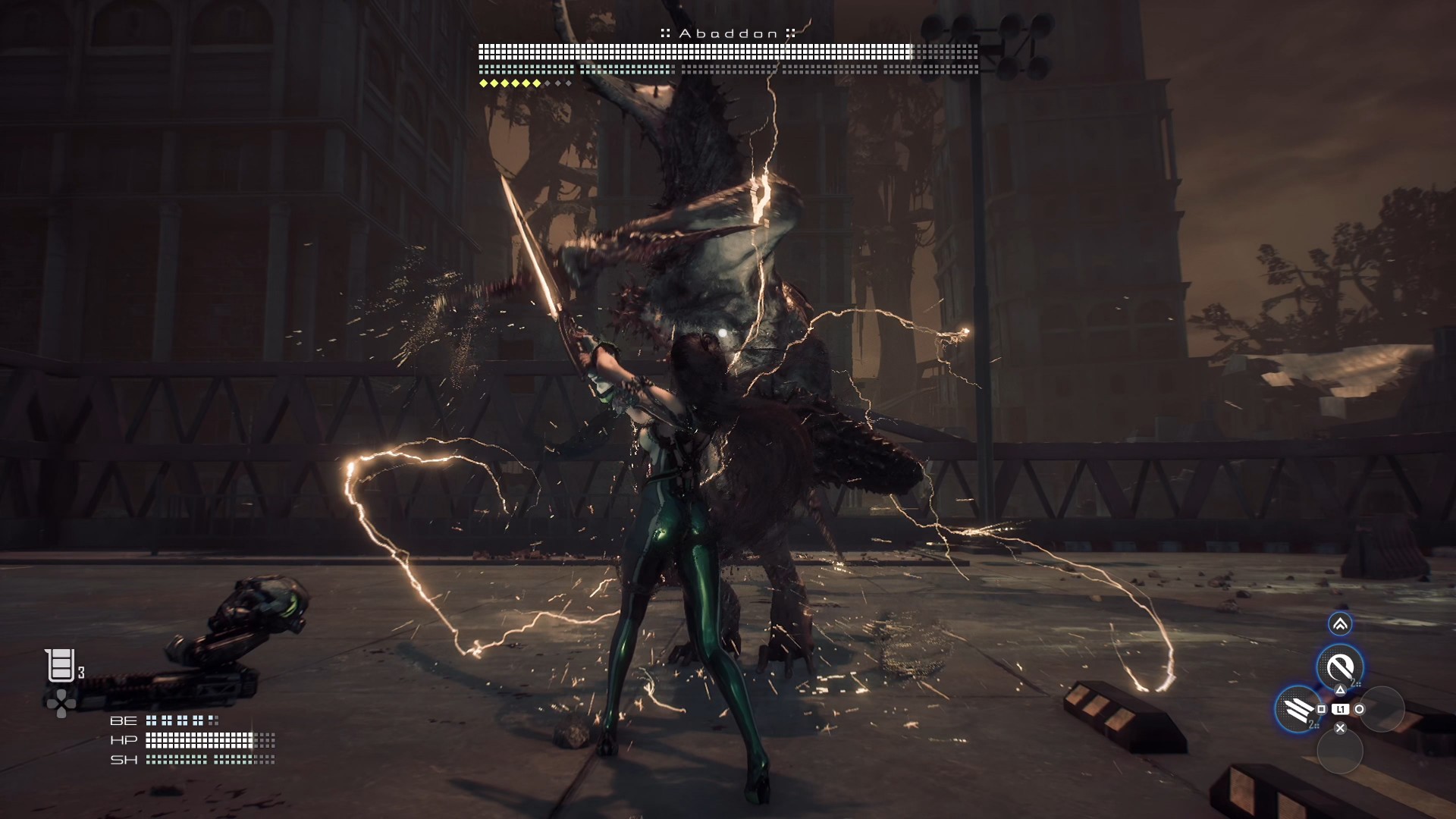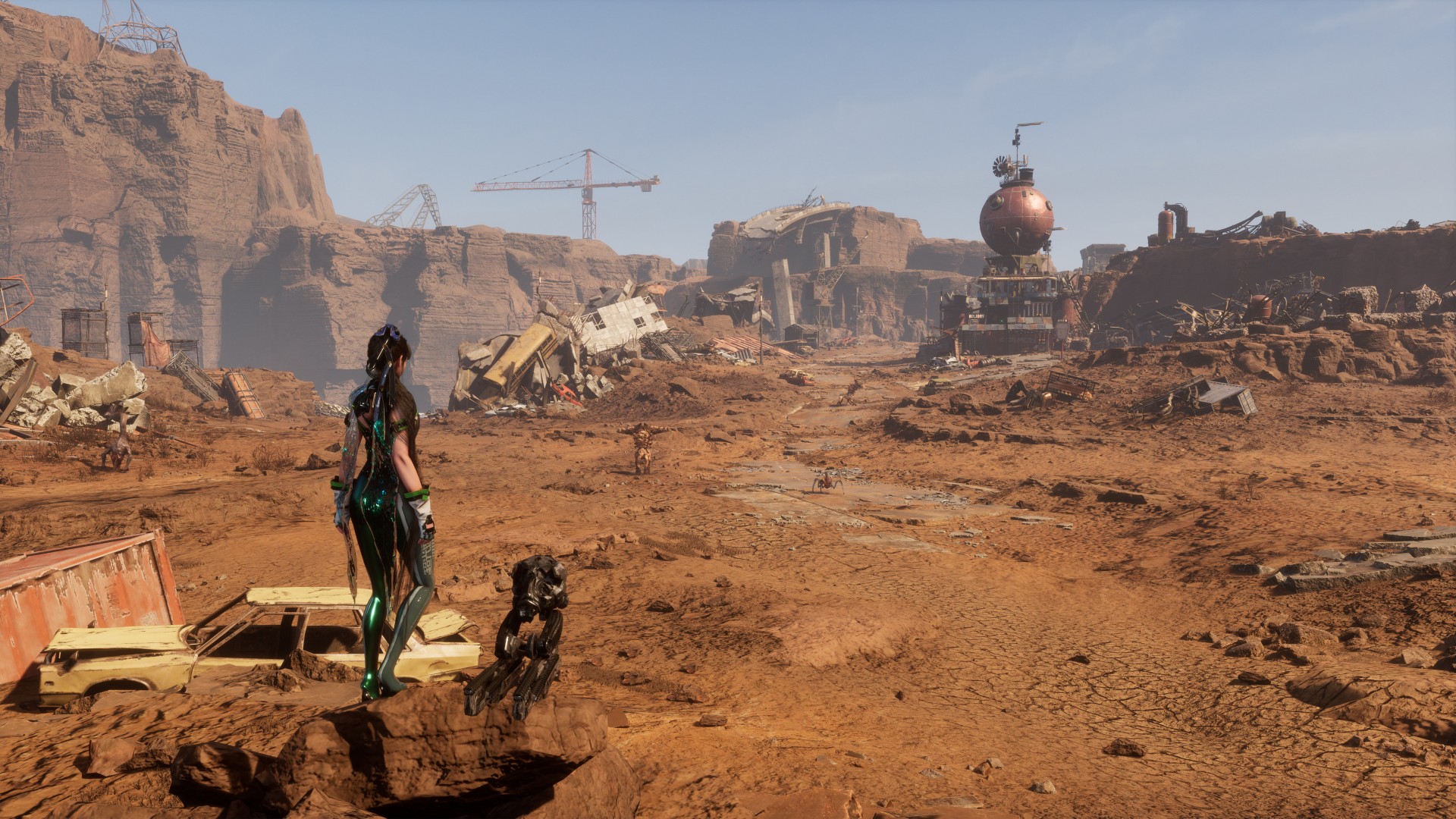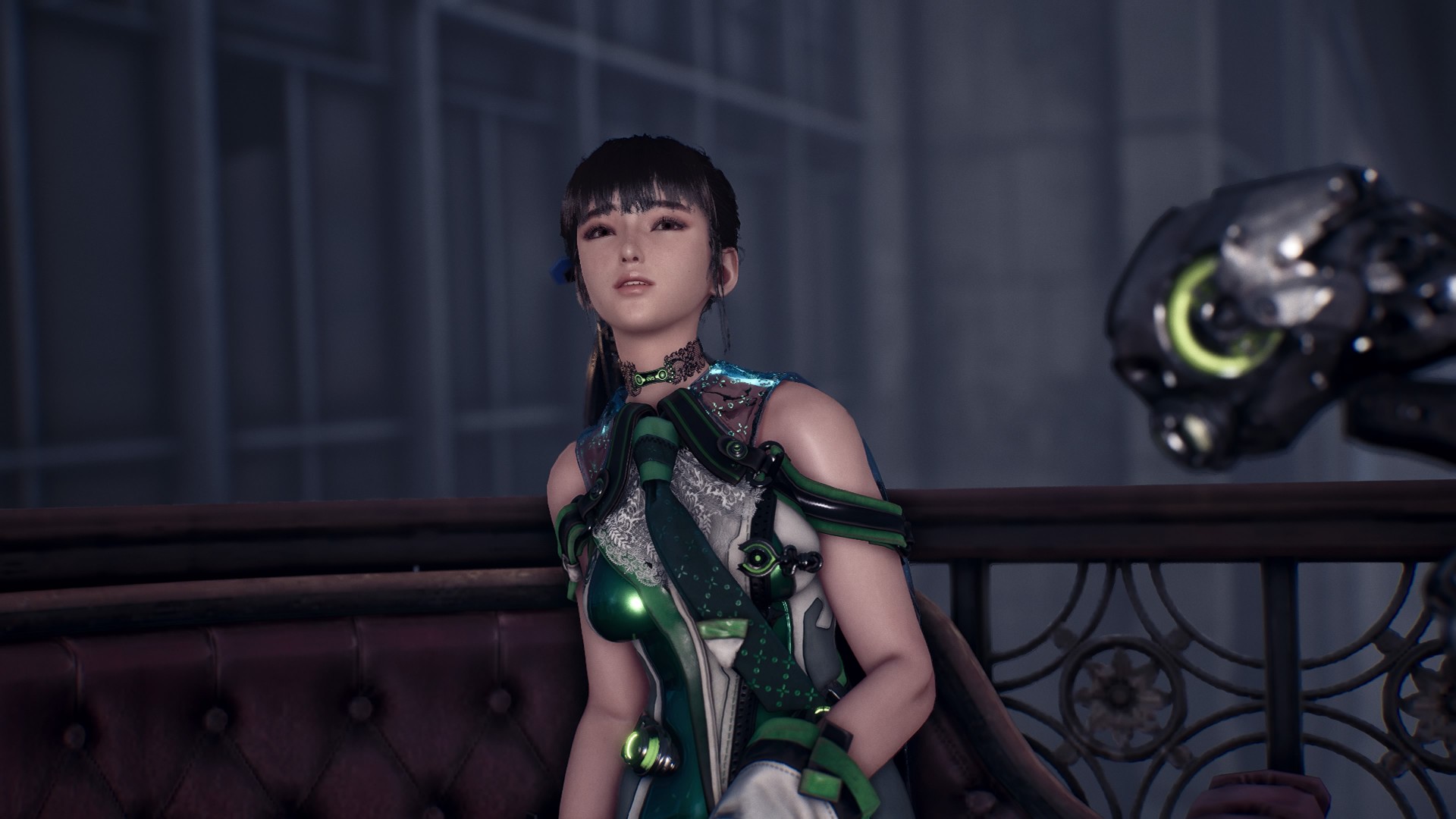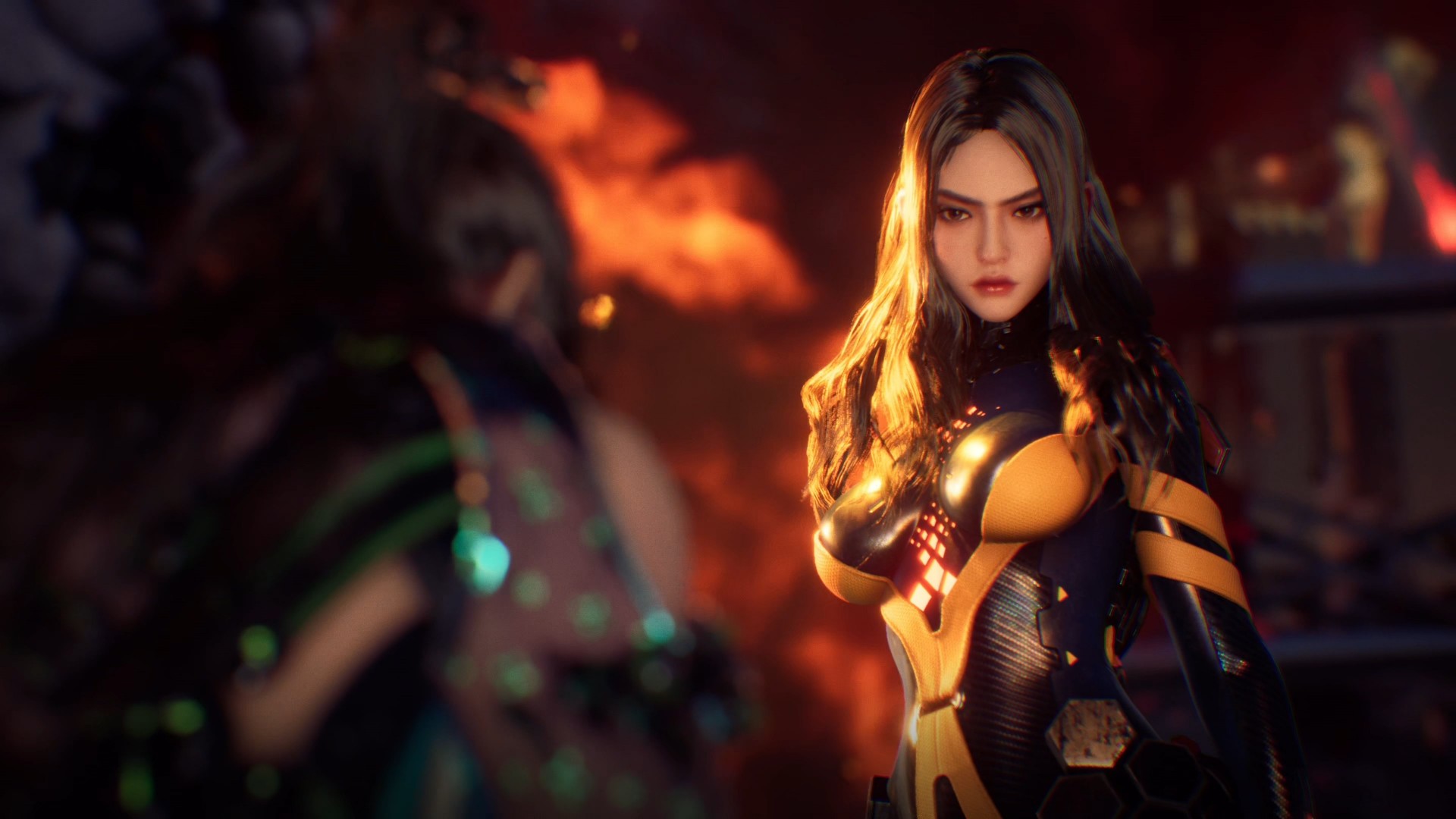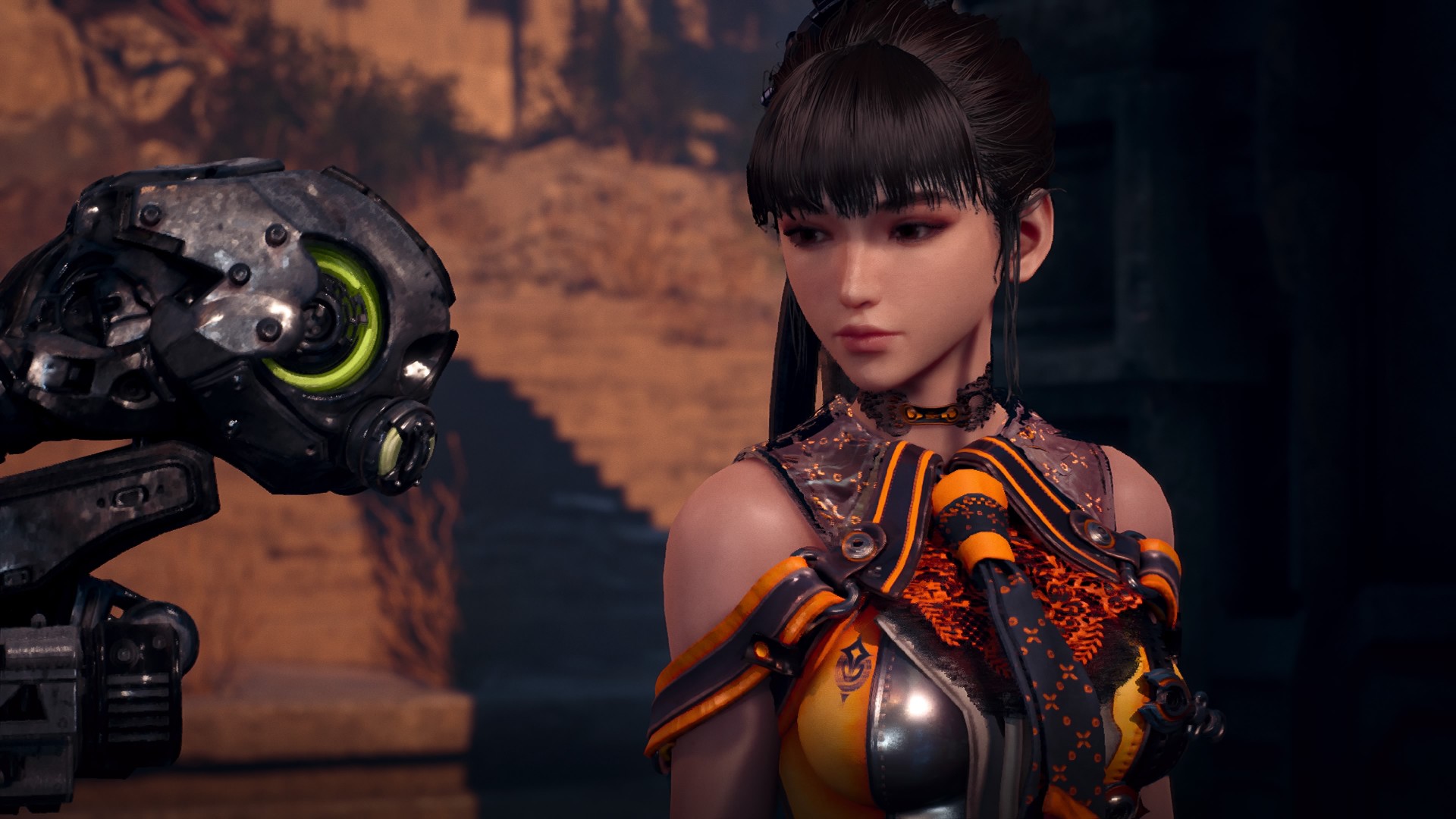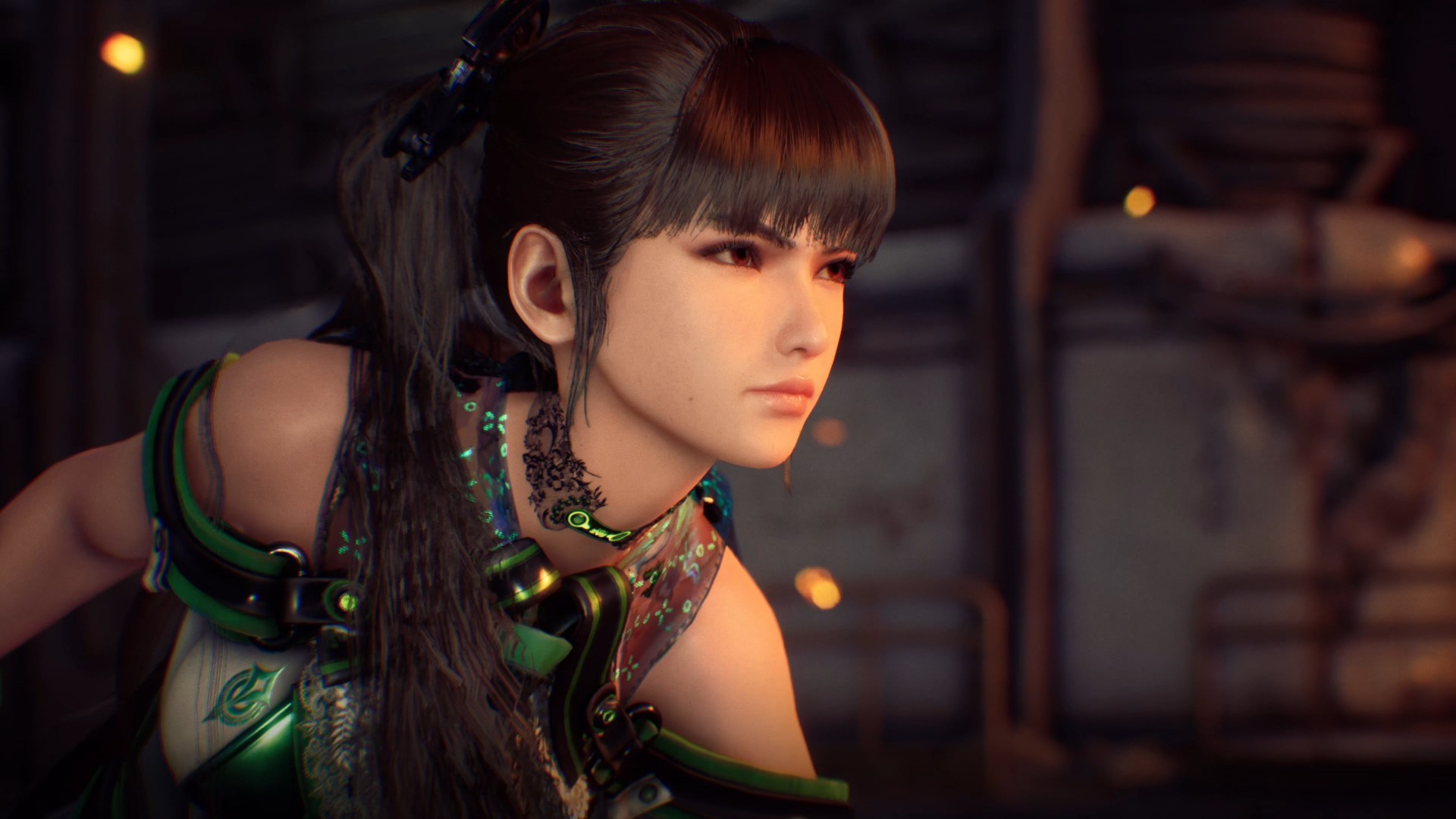
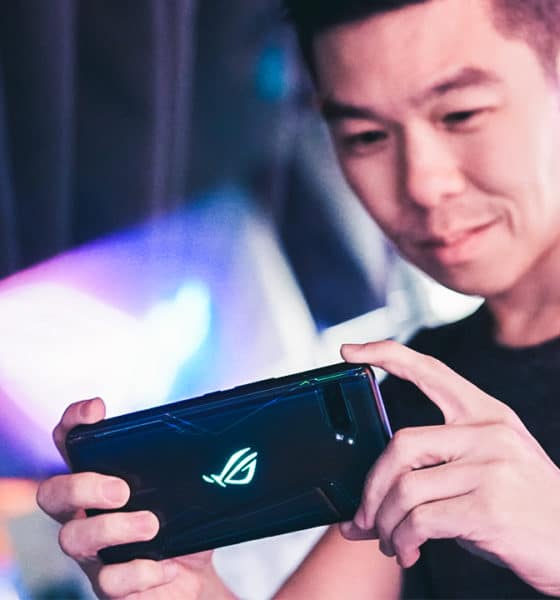
Gaming
ASUS ROG Phone II Hands-On: The ultimate in mobile gaming
With new and improved accessories too
Is there a place for gaming phones in 2019? ASUS believes so. In fact they’re so bullish about the mobile gaming industry that they’re giving their gaming phone an update. This is our ROG Phone II hands-on.
At first glance, it’s not very different from last year’s model and that’s intentional. Their focus hasn’t been to rework the wheel but to make the original even better.
The phone is now taller, giving it that now popular 19.5: 9 aspect ratio. It’s built tough with a Gorilla Glass 6 display and is intentionally flashy with RGB lighting baked into the logo on its back with ROG’s trademark styling.
Best display on a smartphone today
The flat all screen display is edge-to-edge except for its top and bottom. ASUS said this is a design decision so that gripping the phone doesn’t get in the way of gameplay.
It also leaves room for the dual front firing speakers and a selfie camera. It’s strategically placed so game streamers can play and stream at the same time.
The panel itself is impressive possibly the best we’ve seen on a smartphone today. It’s the world’s first 120Hz AMOLED display on a smartphone with a super fast one millisecond response time.
It not only gives you buttery smooth transitions, but combined with ultra low touch latency, it’s supposedly also going to give you an advantage when pulling the trigger in a head-to-head shooting game. This HDR display is glorious. Colors pop and images are rich and vibrant. It’s my new favorite display and is perfect whether you’re watching videos or playing games.
Baked into the display is a fingerprint scanner which, based on our initial tests, is quick and snappy.
Performance fit for the most competitive gamers
When it launches, the ROG Phone II will also be one of the most powerful smartphones in the market today. Topping early benchmark tests versus other flagships including the Galaxy S10+ from Samsung and the OnePlus 7 Pro.
It’s powered by an updated version of Qualcomm’s Snapdragon 855 — the 855 Plus which is even faster. Coupled with an updated Adreno 640, it’s promising a 15 percent GPU performance.
A completely souped up model will have 12GB of RAM and 512GB of storage. The phone promises to handle any power intensive game you throw at it with not only fast frame rates but also a commitment to sustained performance across long gaming sessions.
To keep its internals running at optimal condition the phone offers three steps of cooling: First with a 3D Vapor Chamber, second with a built-in heat sink and vents on its back cover, and third via an attachment called the Aero Active Cooler II. With all of these working together, ASUS promises unbeatable performance.
A battery that can handle all that power
So what about battery life? Surely all of this performance power will take a toll on battery life? Nope. The ROG Phone 2 will come with a massive 6000mAh battery. That’s 2000mAh more than most flagships these days.
ASUS is promising 7.1 hours of battery life when playing something like PUBG. What excites me the most is that non-gamers could potentially get two days of more than average use.
The phone also comes with fast charging support built in. A full charge will take one hour and 21 minutes.
More love for gamers
There is much more gamers will love about the new ROG Phone II. ASUS kept the Dual USB-C ports — one on the bottom of the phone and one on its side. This means you can charge the device and continue playing any which way you like.
I also particularly like the improved air triggers that let you control your game by tapping either top side of your phone in landscape mode. Along with an improved vibration motor, the phone feels more like a game controller than ever before.
 It’s clear that this isn’t your average phone. It’s one built specifically for gamers. But having said all that ASUS says it’s not just the best gaming phone. It’s a great flagship too!
It’s clear that this isn’t your average phone. It’s one built specifically for gamers. But having said all that ASUS says it’s not just the best gaming phone. It’s a great flagship too!
To ensure the experience is top notch. They gave the ROG Phone II the same impressive camera that’s on the Zenfone 6. Except for its flipping mechanism of course.
A 48MP main camera and a 13MP ultra wide secondary camera. Take a look at some sample photos.
On the front of the phone is a 24MP selfie camera. Here are some selfie samples.
The ROG Phone Ecosystem
Depending on how you like to play, ASUS attempted to cater to every game style with a range of accessories made specifically for the ROG Phone II.
The new Kunai gamepad comes with controllers that snap on to a bumper reminiscent of the Nintendo Switch. You can also attach the controllers to the Kunai Holder and use them as you would a gamepad.
The Twin View Dock from last year has also been updated making it lighter and easier to use. It can also be used in conjunction with the GamePad.
Other accessories include the Aero Active Cooler II, Aero Case, and the Lighting Armor Case. Older accessories like the desktop dock, Pro Dock, and the WiGig Display Dock Plus also support this new model.
Is the ROG Phone II your GadgetMatch?
Let me start by saying this phone isn’t for everyone. From the way it looks, to some of its standout feature, these are things that appeal to a very special kind of user.
If you’re the type who is serious about mobile gaming then it definitely is going to be a good investment. If you’re not a gamer but care about things like a great display and ultra long battery life this might be a phone worth considering also.
Representatives from ASUS tell me that once the phone rolls out globally this September there will also be an option to change its interface to the stock-like ZenUI for a more everyday smartphone feel. That’s good news too.
The ROG Phone II launches in China this week. The Global Version is coming first week of September – our review video will drop around the same time.

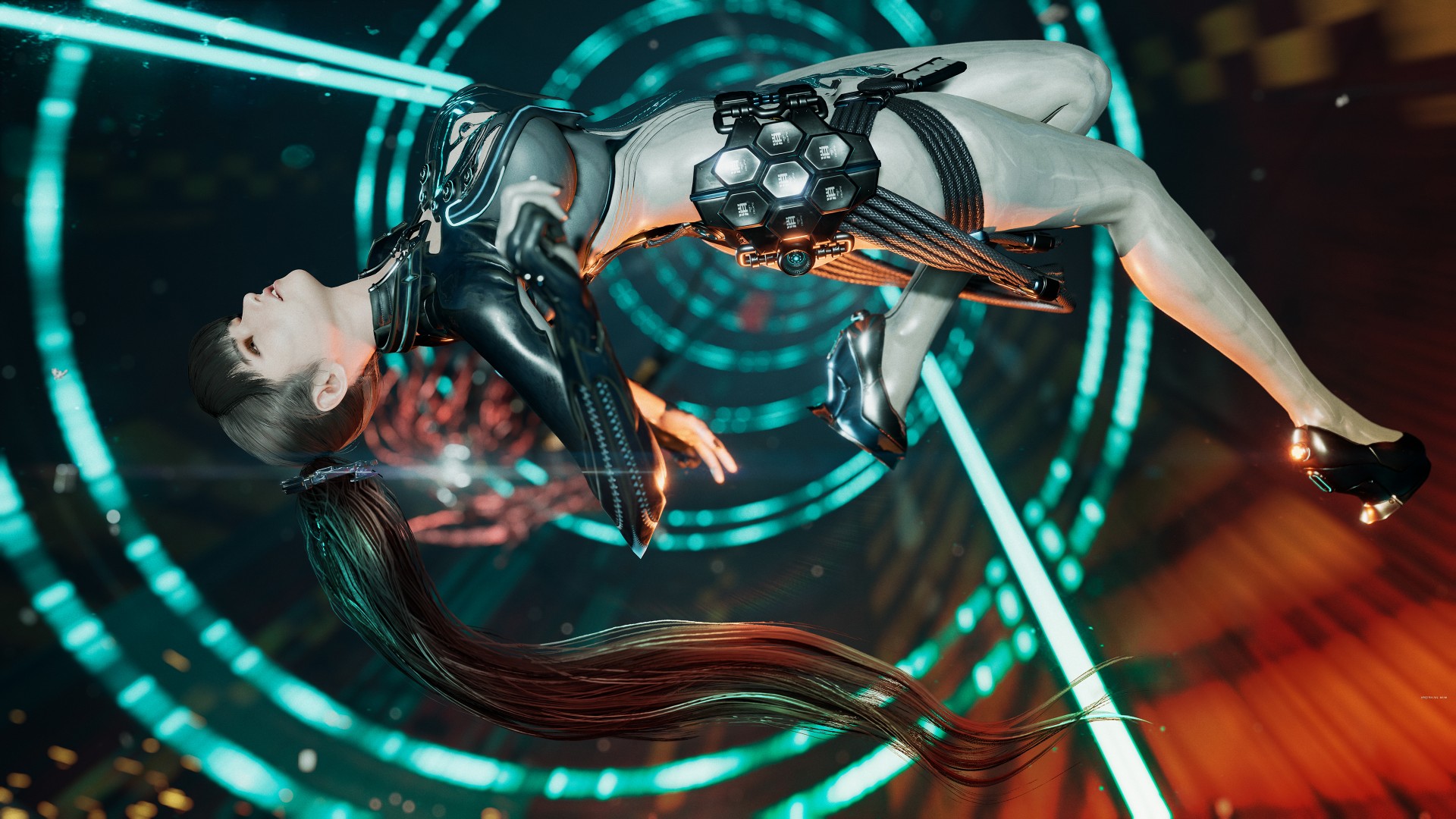
We didn’t have the best impression of Stellar Blade after spending time with the demo. Unlike certain players who poured a full game’s length of hours playing, our reception was lukewarm due to various reasons. But after finally having some time to focus on it, we now have a better understanding of its charm–and that goes beyond character design.
The game’s director has been ever-present in various gaming and tech news websites sharing nuggets about the game and reacting to the many comments made about the proportions of its female characters. That’s a rabbit hole we’re not diving into. Instead, we’re piggy-backing on one of his responses: Just pick up a controller and play it.
Steep combat learning curve
Stellar Blade’s combat didn’t click with us right away. But that’s because we approached it more like a hack-and-slash and not for the precise combo-parry sequence that it demands. A fellow reviewer aptly described our experience: It was a lot more “Soulslike” than we anticipated.
It took a while to get over that hurdle. For one, this writer isn’t particularly fond of Soulslikes. Skill issue. That’s tough considering a big part of this game’s charm is its combat. We can’t say that it fully clicked with us, but it certainly has its moments.
In combat, you have to pay attention not only to your enemy but also to how the protagonist, Eve, acts in different combo animations. If you’re not careful, you might find yourself getting hit during a lull in your combo.
You don’t have to memorize every single combo, although if you could, that’s certainly an advantage. We can compare the practice to memorizing combos of characters in Tekken, although at a milder rate.
Parrying is tricky but that’s not the only way to counter your enemies. One of the first skills you unlock is one that lets you get behind your enemy after they unleash a fatal attack (cued in with blue indicators) and hit back with your own counter. The animation looks so good that you’ll feel like an absolute badass every time you do it. It’s one of the moves that never got old throughout the entire playthrough.
As you progress through the game you’ll unlock ranged weapons that will expand your combat capabilities further. Hard combat enthusiasts should have a field day.
For more casual players, there’s no shame in switching to Story Mode which is what we did for about 70% of the playthrough. It’s easier, sure. But it can still present challenges especially during certain encounters.
The boss battles are TOUGH
We’re going to chalk this up again to skill, and perhaps patience, issue. But Stellar Blade’s boss battles are incredibly tough. Not to the point that you’ll want to throw your DualSense controller though.
What can make it frustrating is that the patterns of the enemies, especially the earlier bosses and mini-bosses, are easy to track. But they’re not exactly easy to deal with.
Parrying becomes an even more critical skill in these encounters. It’s one of the reasons why we opted to slide down the difficulty. Otherwise, this writer will never finish the game.
Pulling from different games, worlds
We have seen many compare Stellar Blade to the Nier games. Other than the setting, another big contributing factor in that comparison is the soundtrack.
During roaming, exploring, and combat, the music will change from time to time. However, they stick to this theme that’s a little eerie. It’s hard for us to describe but it’s almost like a crescendo that never quite swells up. It matches the game’s world perfectly — it feels hollow and devoid of life but still has a sliver of hope.
Combat isn’t the only thing you’re doing here. While it’s mostly linear at first, Stellar Blade offers a healthy mix of exploration, platforming, and puzzle-solving.
The puzzles don’t get in the way of the pacing. They’re quite engaging and offer a decent level of challenge. Roaming and exploration will yield you loot to improve your gear and stats. Occasionally, a Naytiba (the game’s primary foils) will surprise you for a good jumpscare moment.
Stellar Blade doesn’t reinvent anything nor does it offer anything particularly new or groundbreaking. But everything it borrowed from other games is retrofitted to match the game’s vibe and overall aesthetic. The result is a polished experience of familiar gaming mechanics.
Eve
Another aspect that did not grab us as much during the demo is the main character, Eve. The first hour of the game doesn’t do much to endear the player to her.
That slowly changes as you play through the game. Through a mix of cut scenes and world-building collectibles, you get a better sense of what Eve is, her mission, and ultimately her purpose.
If you’re familiar with the animé Violet Evergarden, Eve and that show’s protagonist share a similar character arc. They initially seem one note and bland, but the layers are peeled back as you learn more about them and how they relate to the world and the people around them.
Is she hot? Hell yeah. But as cliché as it is, she’s certainly more than what meets the eye.
Should you play Stellar Blade?
Unlike the PlayStation 5 exclusive that immediately preceded it, Stellar Blade has plenty in common with past PS5 exclusives — visually captivating, cinematic experiences, with satisfying gameplay.
Its level of challenge is closer to Sekiro and Bloodborne but it’s also not quite as difficult. In the same category but certainly not in the same stratosphere.
It also has an alluring charm that goes beyond its aesthetics. As mentioned earlier, nothing about it is particularly new or groundbreaking. But it’s polished and cohesive. There’s something about the overall feel of the game that draws you in and makes you want to see it through.
Stellar Blade is a Day 1 purchase if you’re up for the challenge. And if you consider the game director’s goal of having a high quality AAA console game from South Korea which is dominated by PC and mobile gaming, we say they did just that. Now, it’s just up to us to pick-up the controller and play.
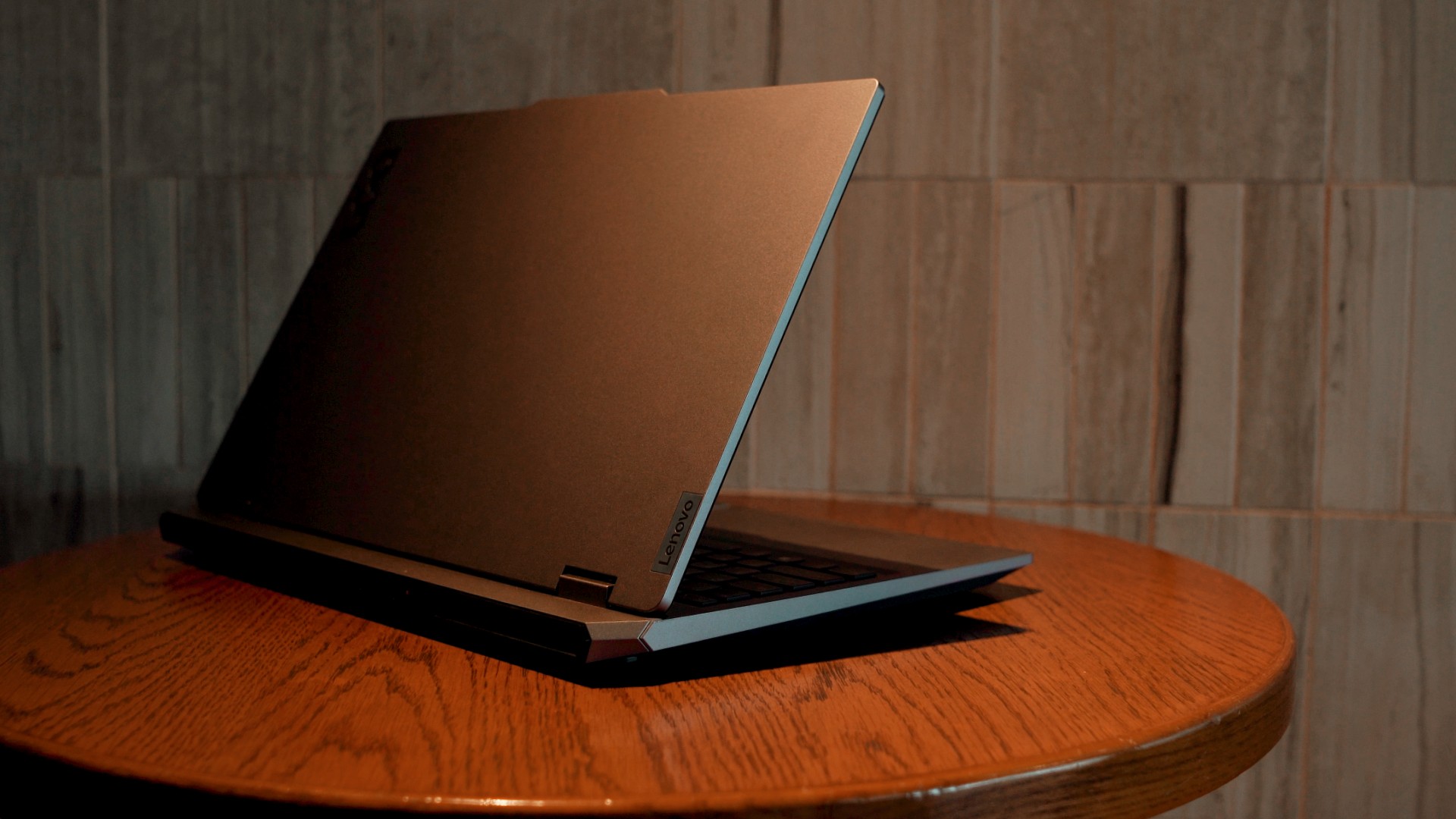
Get your game on with the Lenovo LOQ 2024. This capable laptop is your entry point to PC Gaming and a lot more.
It comes an absolutely affordable price point: PhP 48,995.
You get capable hardware and the hood to support gaming and more. The Lenovo LOQ 15IAX9I runs on the 12th Gen Intel Core i5 processor and Intel Arc Graphics.
Those are key to bringing unreal graphics to this segment. Supporting latest tech like DirectX 12 Ultimate, players are able to enjoy high frame rates on the Lenovo LOQ.
Creating content? It comes with AI Advantage to help boost performance. Engines and accelerators boost the media processing workloads especially for creatives. It also works with Intel’s X Super Machine Learning, Leading to images that are as close to reality.
The laptop supports a configuration of up to 32GB of RAM and 1TB of SSD Storage.
As for its display, the device has a large 15.6-inch, Full HD panel that is more than enough for gaming, video editing, content consumption, and whatever else you do on a laptop. This display has 144Hz refresh rate, 300 nits brightness, and anti-glare.
Videos come out clear, crisp, and realistic. Audio is punchy and as loud as it gets. Windows Sonic elevates it more when you use headphones. And it just takes a few minutes to render HD videos on editing software.
As it runs on Windows 11, if you are going to use it for work, you can take advantage of various features. The Lenovo Vantage Widget is there for constant reminders, Copilot will help you organize your tasks, and Microsoft Edge is there for casual browsing.
There is an assortment of ports at the back for easy connectivity. And as this is meant for gaming, we put it to the test. Racing that looks better with high frame rate? Check. Shooting titles that require heavy work? Not a problem. You can play all your favorites and not worry about performance.
Best of all, it takes less than an our to juice up this laptop all the way to 100%.
So, whether you’re looking to get started with PC Gaming, or an upgrade for work and entertainment needs, the Lenovo LOQ has you covered.
This feature is a collaboration between GadgetMatch and Lenovo Philippines.
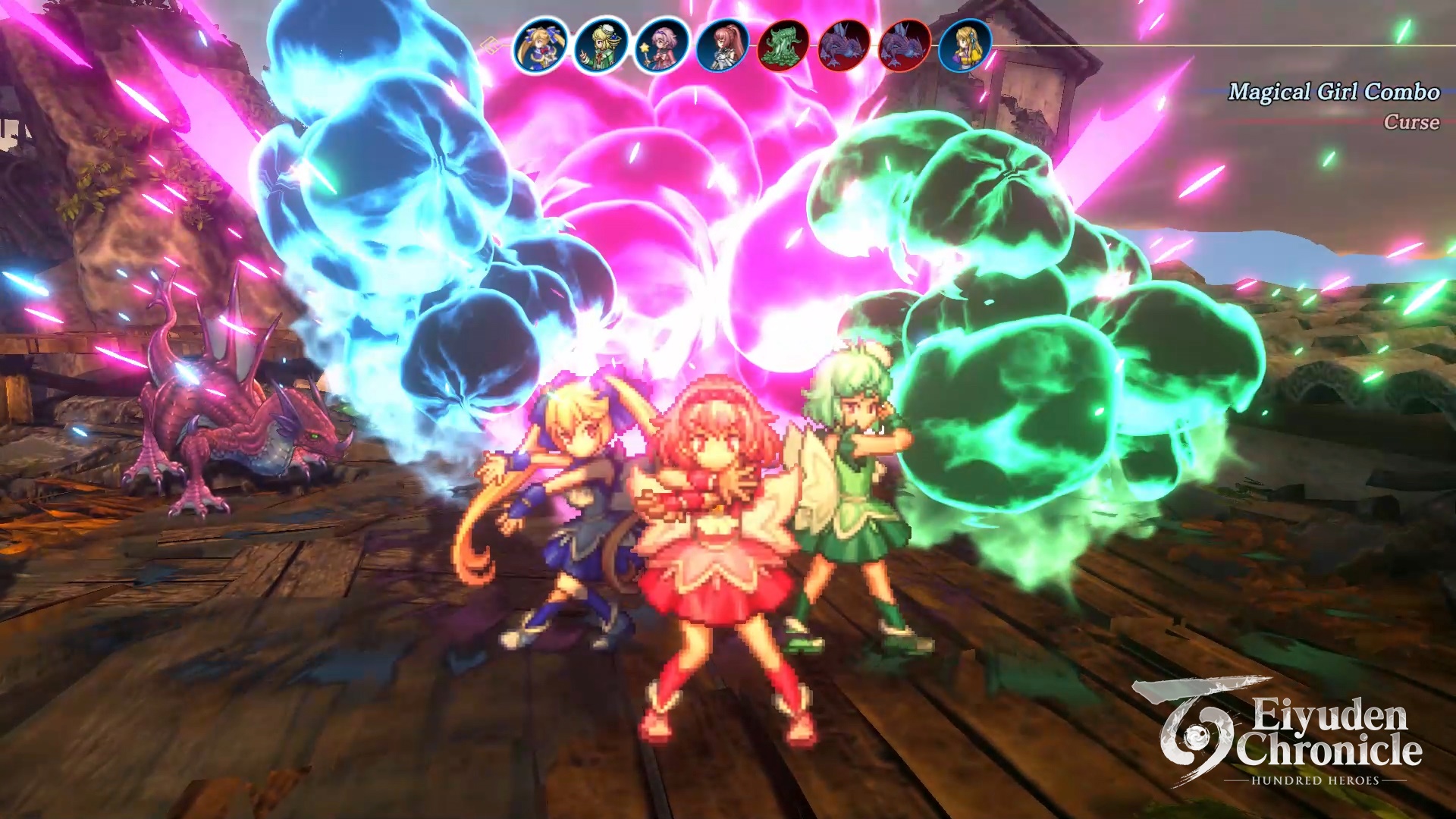
Rabbit and Bear Studios and 505 Games’ Eiyuden Chronicle: Hundred Heroes is now available across multiple platforms. One of the most anticipated JRPGs in recent memory may now be played on PlayStation 4, PlayStation 5, Xbox X|S, Xbox One, and Nintendo Switch. Moreover, it may be accessed on PC via Steam, the Epic Games store, and GOG.
Eiyuden Chronicle: Hundred Heroes is crafted by game developers Junko Kawano (Suikoden I, IV) and the late Yoshitaka Murayama (Suikoden I, II). The title features a modern take on classic 2D side-scrolling games. It has a six-character battle system, meticulous 2D sprites and 3D backgrounds, and a riveting story. As the name suggests, you can play over 100 characters.
GadgetMatch had the privilege of playing the game’s early preview here: Eiyuden Chronicle: Hundred Heroes First Impressions
The refreshed environment immediately stands out. There is more detail, depth, and movement compared to how side-scrolling games of the past used to be played. The game lets players choose their party mates. Meanwhile, the actual combat is turn-based, giving players room to strategize what sequences or gimmicks to select.
With more than 100 characters to choose from, the game also allows players to appropriately select heroes fit for certain regions and dungeons throughout the story. Moreover, some are designated catalysts that can give you access to more of the world’s treasures. In between, users may enjoy mini-games, like the fishing side quest in the preview. The collected fish can be part of another mini-game — cooking — as ingredients for recipes you can cook with.
-

 Events2 weeks ago
Events2 weeks agoStellar Blade: PlayStation taps cosplayers to play Eve for game’s launch
-

 Features1 week ago
Features1 week agoFortify your home office or business setup with these devices
-

 Gaming2 weeks ago
Gaming2 weeks agoThe Rogue Prince of Persia looks like an ultra-colorful roguelite
-

 Accessories2 weeks ago
Accessories2 weeks agoLogitech unveils G Pro X 60 gaming keyboard: Price, details
-

 Reviews1 week ago
Reviews1 week agorealme 12+ 5G review: One month later
-

 Gaming2 weeks ago
Gaming2 weeks agoLenovo confirms development of a Legion Go 2
-

 Deals2 weeks ago
Deals2 weeks agoTCL P635 TV: Big savings for TCL’s anniversary
-

 Gaming1 week ago
Gaming1 week agoNew PUMA collection lets you wear PlayStation’s iconic symbols

